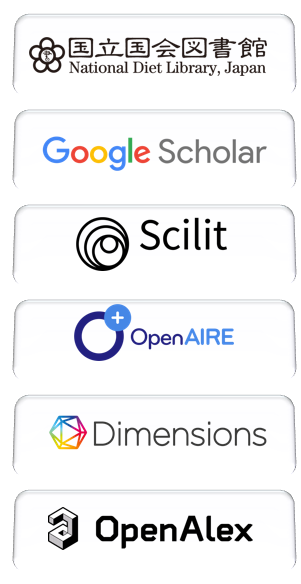What kinds of behaviour are engendered by the hope of profit? Is such behaviour better or worse, on balance, than the behaviour we should expect if all enterprises were owned by charities or governments?
DOI:
https://doi.org/10.64583/19p9y090Keywords:
profit motive, market efficiency, government enterprises, charity organizations, economic innovation, allocative efficiency, market failures, externalities, private enterprise, regulatory oversight, three-legged stool model, creative destructionAbstract
This paper explores whether profit-driven enterprises are vital for economic efficiency and innovation or if charity and government organizations could suffice. It argues that profit motivation is essential for innovation and growth, but a solely profit-maximizing system, lacking regulatory oversight, can incur significant social costs.
Using classical economic theory, particularly Adam Smith's "invisible hand” and Friedrich Hayek's price mechanism, the study shows how profit-seeking behavior achieves allocative efficiency and optimal resource allocation. Contemporary examples, like Netflix and Apple, highlight how profit incentives enhance innovation and productivity, in contrast to government-run enterprises, such as NASA's Space Launch System, which demonstrate performance limitations compared to SpaceX.
The research notes the weaknesses of charity and government organizations, including bureaucratic inefficiencies and lack of market discipline. However, it acknowledges market failures that necessitate government intervention.
Ultimately, the study advocates for a balanced approach combining private enterprise, government regulation, and nonprofit organizations, promoting both economic prosperity and social welfare. It concludes that a complementary relationship between these sectors is more effective than pure market capitalism or complete government control.
Downloads
Downloads
Published
Issue
Section
License
Copyright (c) 2025 Michael Junior Chen (Author)

This work is licensed under a Creative Commons Attribution 4.0 International License.






